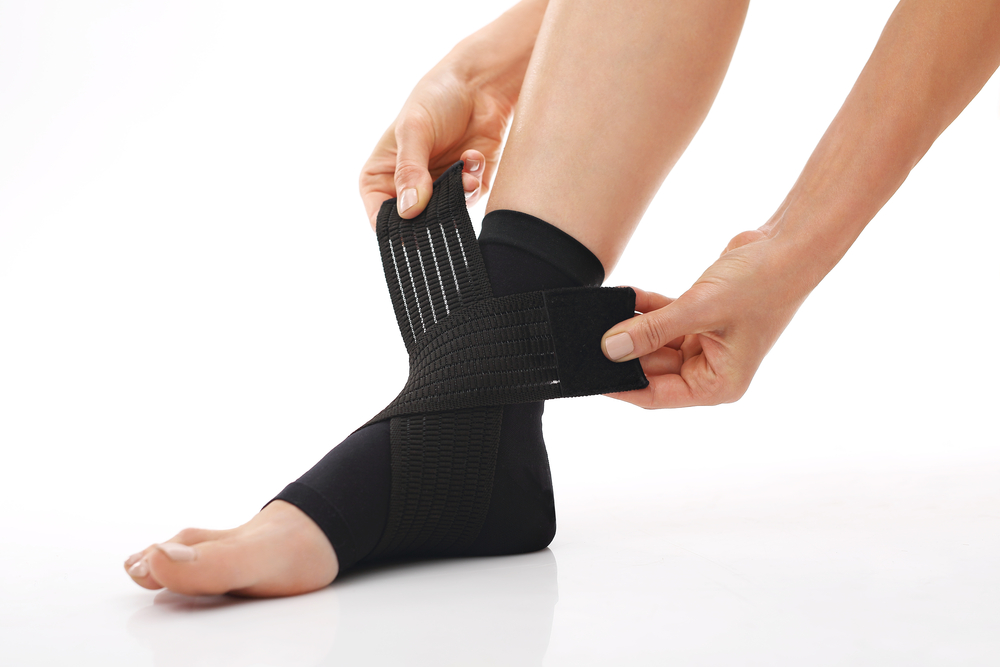Most people think of compression therapy as the standard treatment for deep vein thrombosis. But here at Mimi Lee, MD in Little Rock, AR, compression therapy may be used to treat multiple conditions, including chronic venous insufficiency and lymphedema. The treatment works by using pressure to help improve blood flow and reduce swelling.
How Does Compression Therapy Work?
Compression therapy works by applying pressure to swollen areas, and it helps push the blood and fluid out of the tissues. The treatment can help speed up your healing process and provide pain relief from surgeries or injuries. You may also need compression therapy to address underlying medical conditions that affect blood flow, such as deep vein thrombosis or varicose veins.
What To Expect During the Therapy
While you undergo treatment, you may need to wear bandages or wraps for a few days or weeks, depending on your condition. Dr. Mimi Lee will provide you with instructions based on your personalized treatment plan. If you have any concerns while undergoing treatment, she can make adjustments to ensure your comfort and safety throughout your treatment.
What Conditions Can Compression Therapy Treat?
Because compression therapy helps improve blood flow and circulation, it can be used to treat a variety of conditions, including:
Edema
Edema causes swelling in the hands, feet, ankles, and legs due to the accumulation of excess fluid. This condition can be caused by many things, such as injury, infection, or pregnancy. When someone has edema, their tissues can’t get rid of excess fluid as quickly as it accumulates, leading to excessive buildup.
To treat edema, Dr. Mimi Lee may prescribe compression stockings or bandages. The treatment helps to reduce swelling by decreasing the amount of fluid that accumulates in the tissues.
Lymphedema
Lymphedema causes swelling in the arms or legs. This condition often occurs when there is a problem with the lymphatic system, which is responsible for draining excess fluid from the body. When someone has lymphedema, they may experience aching, heaviness, and tightness in their arms or legs. If left untreated, lymphedema may lead to infection and even death.
By applying pressure to your skin and tissues, compression therapy can reduce swelling caused by lymphedema. The treatment also helps move lymph fluids through your body to prevent further swelling.
Venous Insufficiency
Venous insufficiency occurs when the veins cannot pump enough blood back to the heart. Damage to the veins, blockages, and problems with the muscles that help push blood through the veins can cause this condition. Venous insufficiency can cause the skin to become swollen and discolored. Pain and fatigue are also common symptoms.
Compression therapy helps improve blood flow and reduce swelling in patients who have venous insufficiency. The therapy can also help prevent the development of new varicose veins.
Deep Vein Thrombosis
Deep vein thrombosis occurs when a blood clot forms in one of the deep veins in the body, usually in the leg. The clot can restrict blood flow and cause pain, swelling, and redness in the area. If left untreated, the clot can move to other parts of the body, such as the lungs, where it can cause a pulmonary embolism.
Compression bandages may be worn to help prevent blood clots that can lead to deep vein thrombosis. The therapy can also help break up existing blood clots by improving blood flow.
Arthritis
Arthritis is a common condition that results in inflammation and pain in the joints. Age, history of injury, or infection are risk factors for arthritis. When you have this illness, you might suffer from limited mobility and find it challenging to perform everyday activities. But by wearing compression wraps, you may find relief from inflammation and pain, making it easier for you to participate in daily activities.
Sports Injuries
Many athletes sustain sports injuries due to overuse, impact, and trauma. These injuries may cause pain, swelling, and limited movement. To reduce swelling and promote healing, people with sports injuries may wear compression bandages or wraps as prescribed by a medical professional.
Muscle Fatigue
Muscle fatigue is often caused by overuse of muscles, dehydration, or lack of oxygen to the muscles. When you have muscle fatigue, your muscles may feel tired and heavy, and you may have difficulty using them.
To treat muscle fatigue, you may wear compression bandages to increase blood flow and oxygen levels in your muscles. Compression can help restore and improve your muscle’s ability to produce energy and recover quickly.
Post-Surgical Swelling
Post-surgical swelling is caused by the accumulation of fluid in the tissues surrounding the surgical site. This condition can cause the affected area to become swollen and tender. The most common ways to treat post-surgical swelling include getting rest, using ice packs, wearing compression bandages, and elevating the affected area.
Alleviate Your Symptoms and Live Your Best Life
Compression therapy offers many benefits, from reducing swelling and pain to improving blood circulation. Dr. Mimi Lee can treat many conditions using this therapy. If you suffer from pain, swelling, and inflammation, contact Mimi Lee, MD in Little Rock, AR for treatment. She will provide you with care, guidance, and all the support you need to live your best life!
